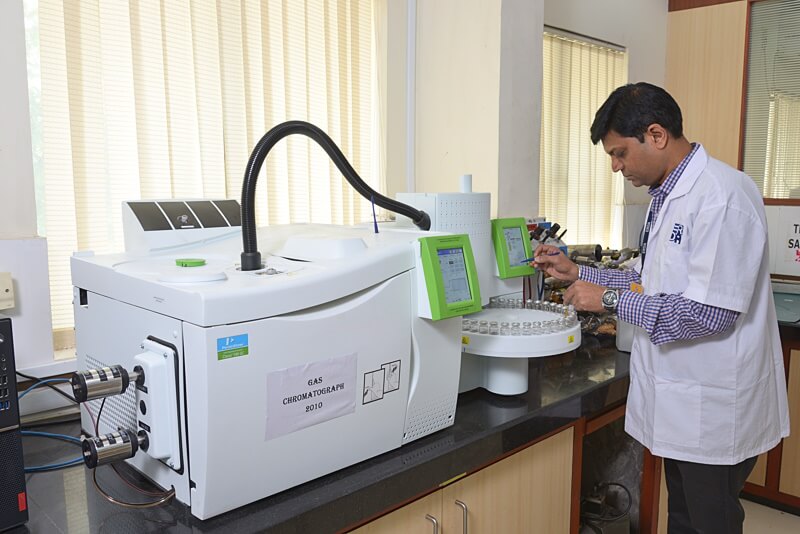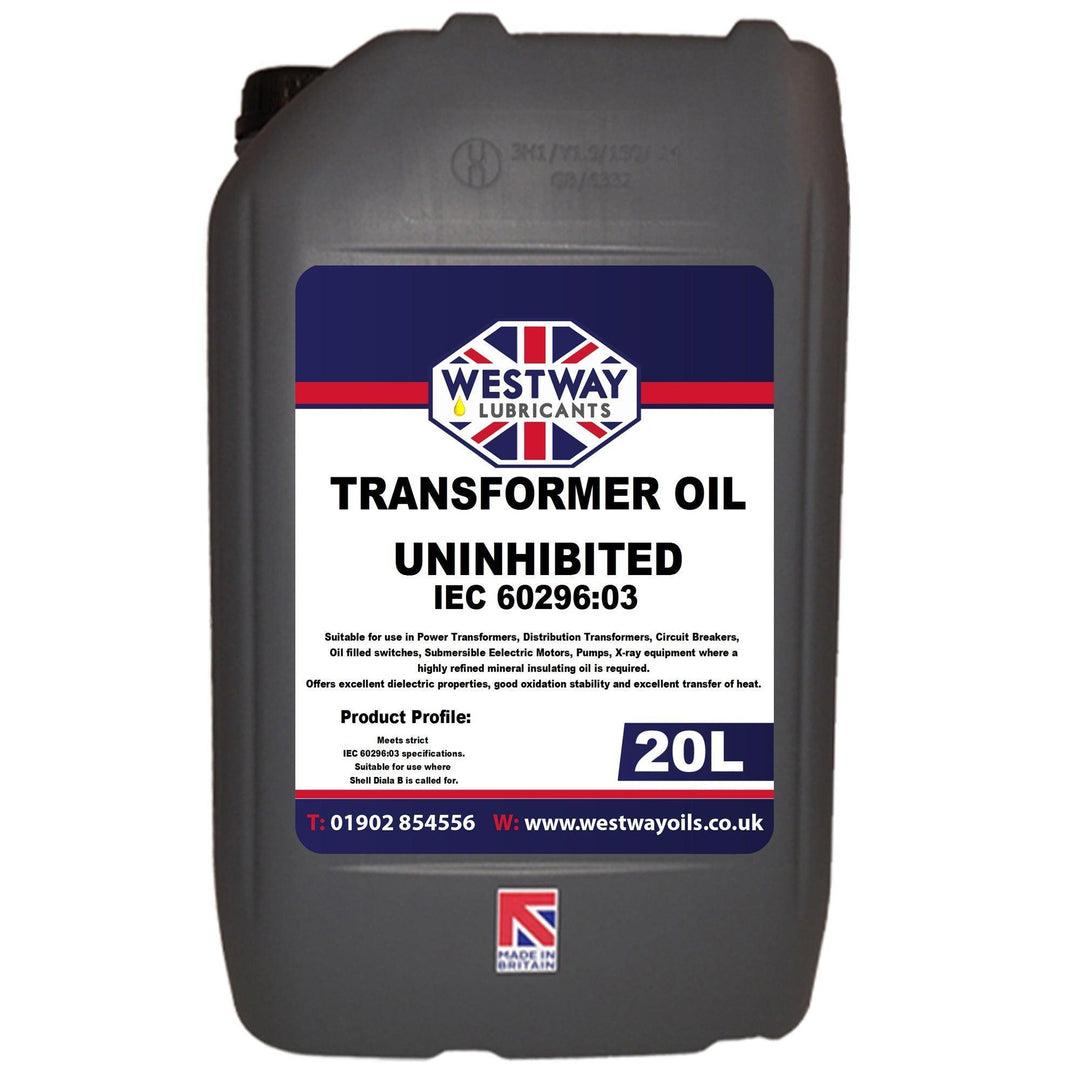Safe Disposal of Waste Transformer Oil to Minimize Environmental Influence
Safe Disposal of Waste Transformer Oil to Minimize Environmental Influence
Blog Article
Comprehending Dielectric Transformer Oil: Essential Benefits and Uses
Dielectric transformer oil offers as a critical part in the procedure of electrical transformers and high-voltage devices, working mostly as a shielding tool. As we check out the several advantages and uses of dielectric transformer oil, one should think about exactly how its function influences not just equipment dependability, however likewise wider operational considerations.
What Is Dielectric Transformer Oil?
What exactly is dielectric transformer oil? Dielectric transformer oil is a specialized insulating fluid used in electric transformers and various other high-voltage electrical equipment. Its primary duty is to offer electrical insulation and help with heat dissipation, ensuring the effective and risk-free operation of transformers. Unlike conventional oils, dielectric oil is specifically created to possess high dielectric strength, which allows it to stand up to significant electric anxiety without conducting electricity.
Usually derived from mineral oil or artificial sources, dielectric transformer oil meets strict sector requirements for purity and efficiency. Its chemical structure is very carefully designed to lessen the danger of oxidation and destruction over time, which is important for maintaining the oil's protecting residential or commercial properties.
In addition to its insulating attributes, dielectric transformer oil offers as a coolant, moving and soaking up heat generated by electric components throughout procedure. On the whole, dielectric transformer oil is an essential part in the trustworthy and safe operation of electrical facilities.

Key Benefits of Dielectric Oil
While dielectric transformer oil serves critical features in electric systems, its advantages extend past plain insulation and cooling. One of the primary benefits of dielectric oil is its high dielectric strength, which successfully protects against electrical failure, making certain the risk-free procedure of transformers and other high-voltage devices. This residential property is crucial in preserving the integrity and long life of electrical systems.
In addition, dielectric oil has superb thermal conductivity, permitting efficient warmth dissipation. This attribute lessens the threat of overheating, therefore prolonging the life expectancy of transformers and decreasing upkeep expenses. In addition, the oil's chemical stability and resistance to oxidation add to its sturdiness, guaranteeing constant efficiency gradually.
One more substantial advantage is its capability to subdue arcing and corona discharge, which can damage electric components. By providing a secure medium for electrical energy transfer, dielectric oil boosts operational safety and security.

Applications of Dielectric Transformer Oil
Dielectric transformer oil plays a pivotal duty in various applications within the electrical sector, primarily because of its unique insulating and cooling down homes. One of its main usages is in power transformers, where it serves to insulate internal components and assist in heat dissipation. This is vital in preserving operational effectiveness and durability.
In addition to power transformers, dielectric oil is additionally used in circulation transformers, guaranteeing secure and reputable energy circulation. Its high dielectric strength protects against electrical discharges, thus lowering the threat of failings and improving system reliability. Dielectric transformer oil is utilized in reactors and capacitor banks, where it does similar functions, safeguarding sensitive equipment from electrical break down.

Maintenance Factors To Consider
Correct maintenance of dielectric transformer oil is important to guarantee ideal efficiency and longevity of electrical equipment. Regular tracking of the oil's chemical and physical residential or commercial properties is crucial to discover any type of deterioration that can impair the insulation and cooling down capabilities. Trick specifications to analyze consist of dampness material, level of her response acidity, and dielectric stamina.
Periodic sampling and laboratory evaluation can determine the visibility of pollutants such as liquified gases, particulates, and oxidation by-products. These evaluations assist in identifying the oil's problem and whether it needs therapy or replacement. Purification systems can be employed to get rid of particulates and wetness from the oil, restoring its shielding homes and prolonging its lifespan.
In addition, keeping proper operating temperatures is critical; too much warm can increase oil destruction (used transformer oil). Executing temperature monitoring systems can help in discovering getting too hot problems early
Ecological Effect and Safety And Security
In examining the ecological effect and safety and security of dielectric transformer oil, it is critical to take into consideration both its structure and potential dangers. Usually derived from mineral or synthetic sources, dielectric oils can differ significantly in their environmental impact.
Safety and security issues mainly focus internet on flammability and toxicity. Dielectric oils can be combustible, demanding correct storage space and handling treatments to alleviate fire threats. Particular additives utilized in transformer oils may present toxicological threats, highlighting the importance of picking oils with favorable security accounts.
Regulative compliance is additionally essential (used transformer oil). Complying with environmental regulations and safety criteria makes certain that using dielectric transformer oils minimizes negative influences on human health and the community. Finally, understanding the environmental effects and safety and security procedures connected with dielectric transformer oils is important for liable use in electric applications
Final Thought
In summary, dielectric transformer oil serves as an essential element in enhancing the security and effectiveness of electric transformers and high-voltage equipment. Its high dielectric strength and excellent thermal conductivity provide vital advantages, including efficient insulation and air conditioning. The varied applications of this specialized oil, paired with continuous upkeep and monitoring, make certain ideal performance and durability of electric systems. Factor to consider of environmental effect and safety further underscores the importance of dielectric transformer oil in modern electric framework.
Dielectric transformer oil offers as an essential component in the operation of electrical transformers and high-voltage tools, working primarily as a shielding tool. Dielectric transformer oil is a customized protecting fluid used in electrical transformers and other high-voltage electrical equipment. Unlike standard oils, dielectric oil is especially created to have high dielectric toughness, which enables it to check out here withstand considerable electrical stress and anxiety without performing electrical energy.
One of the main benefits of dielectric oil is its high dielectric stamina, which efficiently stops electric malfunction, guaranteeing the risk-free procedure of transformers and various other high-voltage tools.In recap, dielectric transformer oil offers as an essential part in enhancing the safety and performance of electrical transformers and high-voltage tools.
Report this page